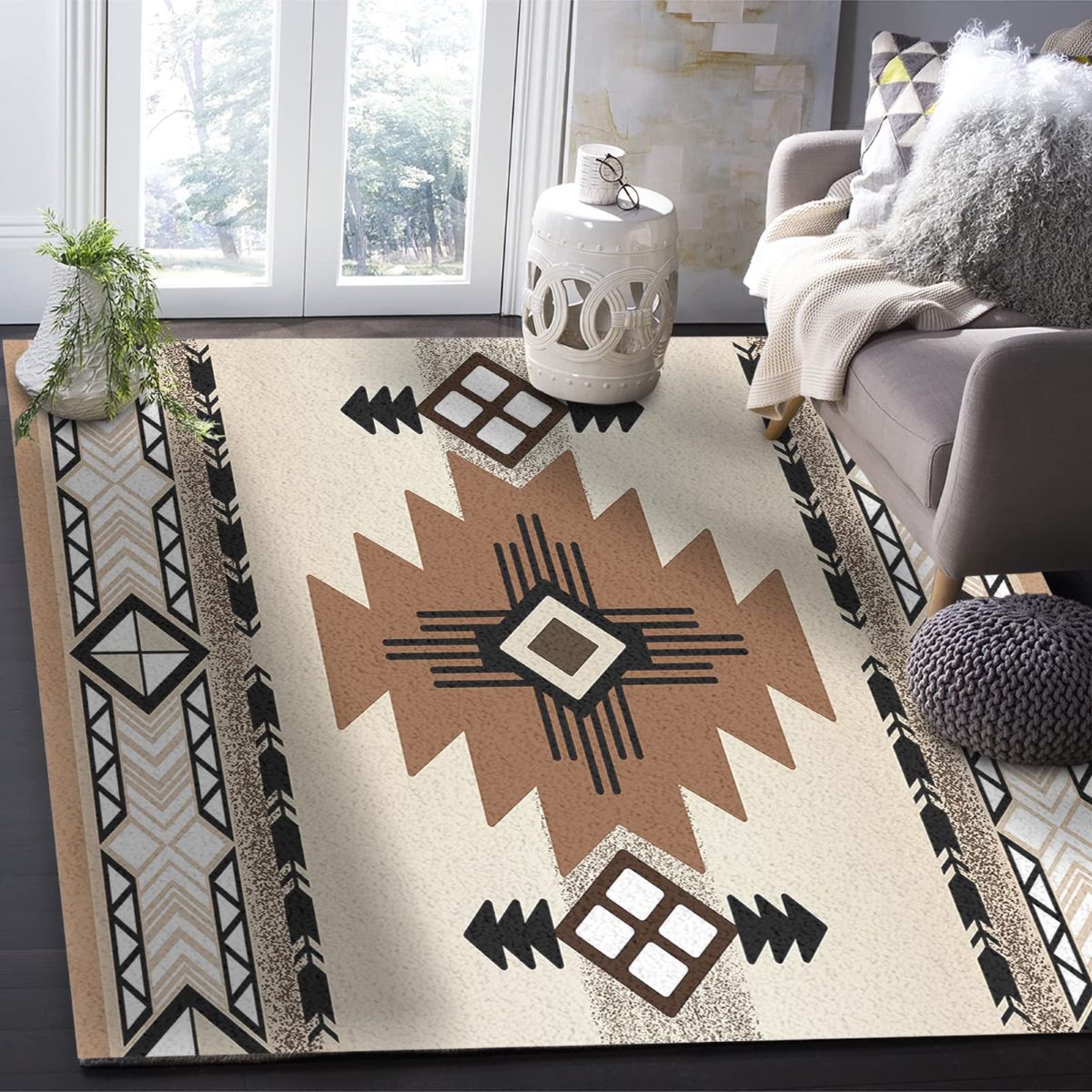

Articles
How Are Area Rugs Measured
Modified: January 5, 2024
Learn how area rugs are measured and find helpful articles on choosing the right size for your space.
(Many of the links in this article redirect to a specific reviewed product. Your purchase of these products through affiliate links helps to generate commission for Storables.com, at no extra cost. Learn more)
Introduction
Area rugs are a popular and versatile choice for adding warmth, style, and comfort to any space. Whether you’re looking to define a specific area, add a pop of color, or provide a soft surface for your feet, area rugs can transform the look and feel of a room. But before you can choose the perfect rug, it’s important to understand how they are measured.
When it comes to measuring area rugs, there are several techniques and units of measurement to consider. Understanding these measurement methods will not only ensure that you select the right size rug for your space, but also help you make informed decisions when shopping for rugs online or in-store.
In this article, we will explore the different measuring techniques for area rugs, the standard units of measurement used, and specific techniques for measuring different types of rugs, including rectangular, circular, oval, and square rugs.
By the end of this article, you’ll have a comprehensive understanding of how area rugs are measured and will feel confident in selecting the perfect rug for your home.
Key Takeaways:
- Understanding the different measuring techniques for area rugs, such as outside dimensions, inside dimensions, and diagonal measurements, empowers you to confidently select the perfect rug for your space.
- Whether it’s rectangular, circular, oval, or square rugs, knowing the specific measuring techniques for each shape, along with the standard units of measurement in feet and meters, ensures clear and accurate communication when purchasing rugs online or from different regions.
Read more: What Are Area Rugs
Different Measuring Techniques for Area Rugs
When it comes to measuring area rugs, there are a few different techniques that can be used depending on the shape and size of the rug. Here are some common measuring techniques you might come across:
- Outside Dimensions: This is the most common and straightforward technique for measuring rectangular area rugs. Simply measure the length and width of the rug from its outer edges. For example, if your rug measures 6 feet by 9 feet, the outside dimensions would be 6’x9′.
- Inside Dimensions: This technique is commonly used for rugs that fit inside a specific area or furniture arrangement. Measure the length and width of the area where the rug will be placed, and then subtract a few inches from each measurement to leave some space between the rug and the surrounding furniture or walls.
- Diagonal Measurement: For square and rectangular rugs, you can also measure the diagonal length from one corner to the opposite corner. This can be a helpful technique if you’re unsure about the exact size or shape you need, as it gives you a rough idea of the rug’s dimensions.
- Circumference: When measuring circular rugs, use a flexible measuring tape to measure the diameter of the rug, which is the distance from one edge to the opposite edge passing through the center. To find the circumference, multiply the diameter by pi (approximately 3.14).
- Longest and Widest Points: For irregularly shaped rugs, such as ovals or freeform designs, it may be best to measure the longest and widest points of the rug. This will give you an accurate representation of its overall size and shape.
It’s important to note that these measuring techniques are just guidelines to help you make an informed decision when purchasing an area rug. Depending on your specific needs and preferences, you may need to adjust the measurements slightly to ensure a perfect fit in your space.
Now that we’ve covered the different measuring techniques, let’s explore the standard units of measurement used for area rugs.
Standard Measurement Units for Area Rugs
When it comes to measuring and describing area rugs, there are two standard units of measurement that are commonly used: feet and meters.
Feet: The most commonly used unit of measurement for area rugs is feet. Rugs are often described in terms of their length and width in feet. For example, a rug that measures 5 feet by 8 feet would be written as 5’x8′ or 5 ft. x 8 ft. This unit of measurement is widely used in the United States and other countries that follow the imperial system.
Meters: In countries that use the metric system, area rugs are often measured and described in terms of meters. The length and width of the rug are expressed in meters, such as 1 meter by 2 meters or 1m x 2m. This unit of measurement is used in countries like Canada, Australia, and most European countries.
It’s essential to be familiar with both units of measurement when shopping for area rugs, especially if you’re purchasing rugs online from international sellers or planning to use the rug in a space that follows a different measurement system.
Now that we’re familiar with the standard measurement units, let’s dive into the specific measuring techniques for different shapes of area rugs.
Measuring Techniques for Rectangular Area Rugs
Rectangular area rugs are one of the most common shapes and can be found in various sizes and dimensions. Here are some measuring techniques specifically designed for rectangular rugs:
- Outside Dimensions: This is the simplest and most commonly used technique for measuring rectangular area rugs. It involves measuring the length and width of the rug from its outer edges. For example, if a rug measures 6 feet by 9 feet, you would write it as 6’x9′.
- Inside Dimensions: If you have a specific area in mind where the rug needs to fit, you can measure the length and width of that area and subtract a few inches from each measurement to allow for some space around the rug. This technique ensures the rug fits perfectly within the desired space.
- Diagonal Measurement: Another technique for rectangular rugs is to measure the diagonal length from one corner to the opposite corner. This provides an overall size estimation and can help you visualize how the rug will fit within the room.
When measuring rectangular area rugs, it’s important to consider the placement and purpose of the rug. If you’re placing the rug under furniture, be sure to measure the space needed for the furniture legs to sit comfortably on the rug.
Remember that these techniques are guidelines to help you find the right size rug. It’s always a good idea to measure your space and double-check the dimensions before purchasing a rectangular area rug.
Now that we’ve covered measuring techniques for rectangular rugs, let’s move on to circular area rugs.
When measuring an area rug, start by measuring the length and width at the widest points. For a more accurate fit, leave at least 18 inches of floor space around the edges.
Measuring Techniques for Circular Area Rugs
Circular area rugs can add a unique touch to any room with their symmetrical and eye-catching design. When measuring circular rugs, the focus is on the diameter and circumference. Here are some measuring techniques specifically designed for circular rugs:
- Circumference: To measure the circumference of a circular rug, use a flexible measuring tape and measure from one edge to the opposite edge passing through the center. Once you have the circumference, you can divide it by pi (approximately 3.14) to find the diameter.
- Diameter: The diameter of a circular rug is the distance between two points on the edge of the rug, passing through the center. It’s measured straight across, so be sure to take the measurement from the widest points of the rug.
When selecting a circular rug, it’s important to consider the size of the space and the placement of furniture. In a dining area, for example, the rug should be large enough to accommodate the dining table and chairs without the chairs going off the rug when pulled out.
Keep in mind that circular rugs are often measured in feet or meters, just like rectangular rugs. Once you have the diameter or circumference measurements, you can refer to the standard unit of measurement to find the appropriate size.
Now that we’ve covered measuring techniques for circular rugs, let’s proceed to measuring techniques for oval area rugs.
Read more: How To Decorate With Area Rugs
Measuring Techniques for Oval Area Rugs
Oval area rugs offer a unique and elegant alternative to rectangular or circular rugs. Measuring oval rugs requires a slightly different approach than other shapes. Here are some measuring techniques specifically designed for oval rugs:
- Longest and Widest Points: The most common technique for measuring oval rugs is to measure the longest and widest points. Using a measuring tape, measure the longest distance from one end to the other, and then measure the widest distance from one side to the opposite side. These measurements will give you the approximate size of the rug.
- Inside Dimensions: If you have a specific area in mind where the oval rug will be placed, you can measure the length and width of that area and subtract a few inches from each measurement. This will give you a good idea of the size of rug that will fit within the desired space.
When selecting an oval rug, consider the overall shape and dimensions of the room. Oval rugs work well in spaces with round or oval furniture, as they can complement the curves in the room. Additionally, be mindful of any furniture placement and ensure that the rug is large enough to accommodate the furniture while maintaining a balanced and aesthetically pleasing look.
It’s important to remember that oval rugs are typically measured in feet or meters, similar to other rug shapes. Once you have the measurements, you can refer to the appropriate unit of measurement to find the ideal size for your oval rug.
Now that we’ve covered measuring techniques for oval rugs, let’s move on to measuring techniques for square area rugs.
Measuring Techniques for Square Area Rugs
Square area rugs provide a clean and symmetrical look to any space, and measuring them correctly is key to ensuring a well-proportioned and balanced room. Here are some measuring techniques specifically designed for square rugs:
- Outside Dimensions: The most common and straightforward technique for measuring square area rugs is to measure the length and width from the outer edges of the rug. For example, if a rug measures 6 feet by 6 feet, you would write it as 6’x6′.
- Inside Dimensions: If you have a specific area in mind where the square rug will be placed, measure the length and width of that area and subtract a few inches from each measurement to leave some space around the rug. This technique ensures that the rug fits perfectly within the desired space.
- Diagonal Measurement: Another technique for square rugs is to measure the diagonal length from one corner to the opposite corner. This provides an overall size estimate and can help you visualize how the rug will fit within the room.
When choosing a square rug, it’s important to consider the furniture placement and the size of the room. A square rug can be used to anchor furniture or define a specific area within a larger space.
Remember that these measuring techniques are guidelines to help you find the right size rug. It’s always a good idea to measure your space and double-check the dimensions before purchasing a square area rug.
Now that we’ve covered measuring techniques for square rugs, you should have a comprehensive understanding of how to measure different types of area rugs. This knowledge will empower you to confidently select the perfect rug for your space.
Conclusion
Measuring area rugs accurately is crucial to ensure the perfect fit and enhance the overall aesthetics of your space. By understanding the different measuring techniques for various rug shapes and the standard units of measurement, you can confidently select the ideal rug for your home.
For rectangular rugs, the outside and inside dimensions, along with the diagonal measurement, provide valuable information about the rug’s size and fit. Circular rugs are measured by their circumference and diameter, while oval rugs are best measured by their longest and widest points. Square rugs, on the other hand, utilize the outside and inside dimensions and the diagonal measurement.
When measuring and choosing an area rug, it’s essential to consider the placement of furniture, the size of the room, and your personal preferences. Additionally, keep in mind the standard units of measurement for rugs – feet and meters – to ensure clear and accurate communication when purchasing rugs online or from different regions.
Remember, these measuring techniques are just guidelines and can be adjusted to fit your specific needs and preferences. It’s always a good idea to measure your space carefully and double-check the rug dimensions before making a purchase.
Now armed with the knowledge of how to measure area rugs, you can confidently shop for the perfect rug to elevate the style and comfort of your living spaces. So go ahead, explore various shapes, sizes, and designs, and find the rug that will transform your home into your personal oasis.
Frequently Asked Questions about How Are Area Rugs Measured
Was this page helpful?
At Storables.com, we guarantee accurate and reliable information. Our content, validated by Expert Board Contributors, is crafted following stringent Editorial Policies. We're committed to providing you with well-researched, expert-backed insights for all your informational needs.
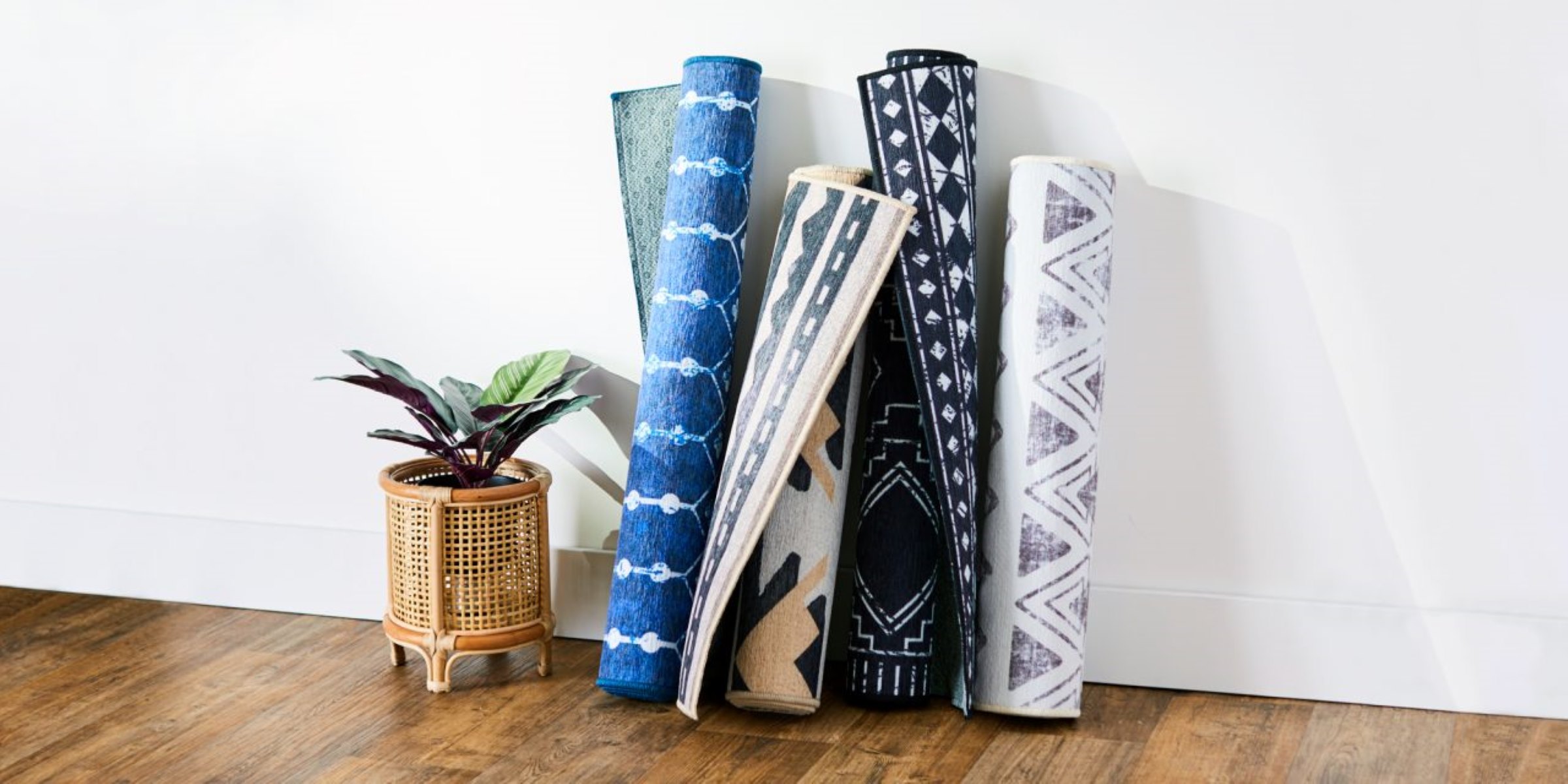
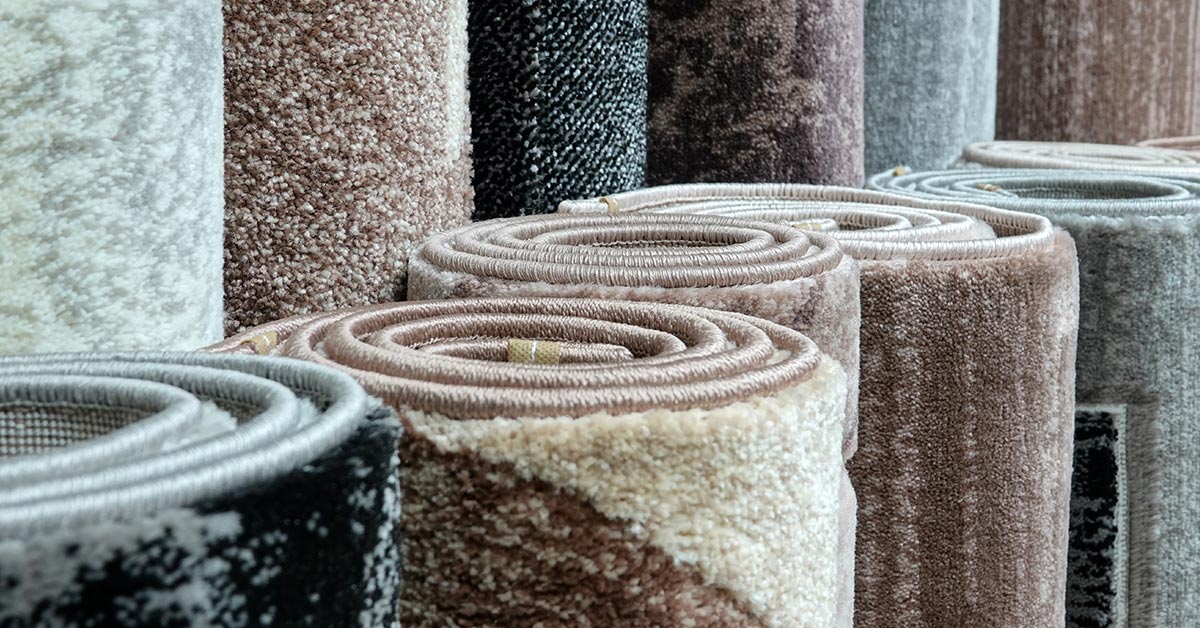


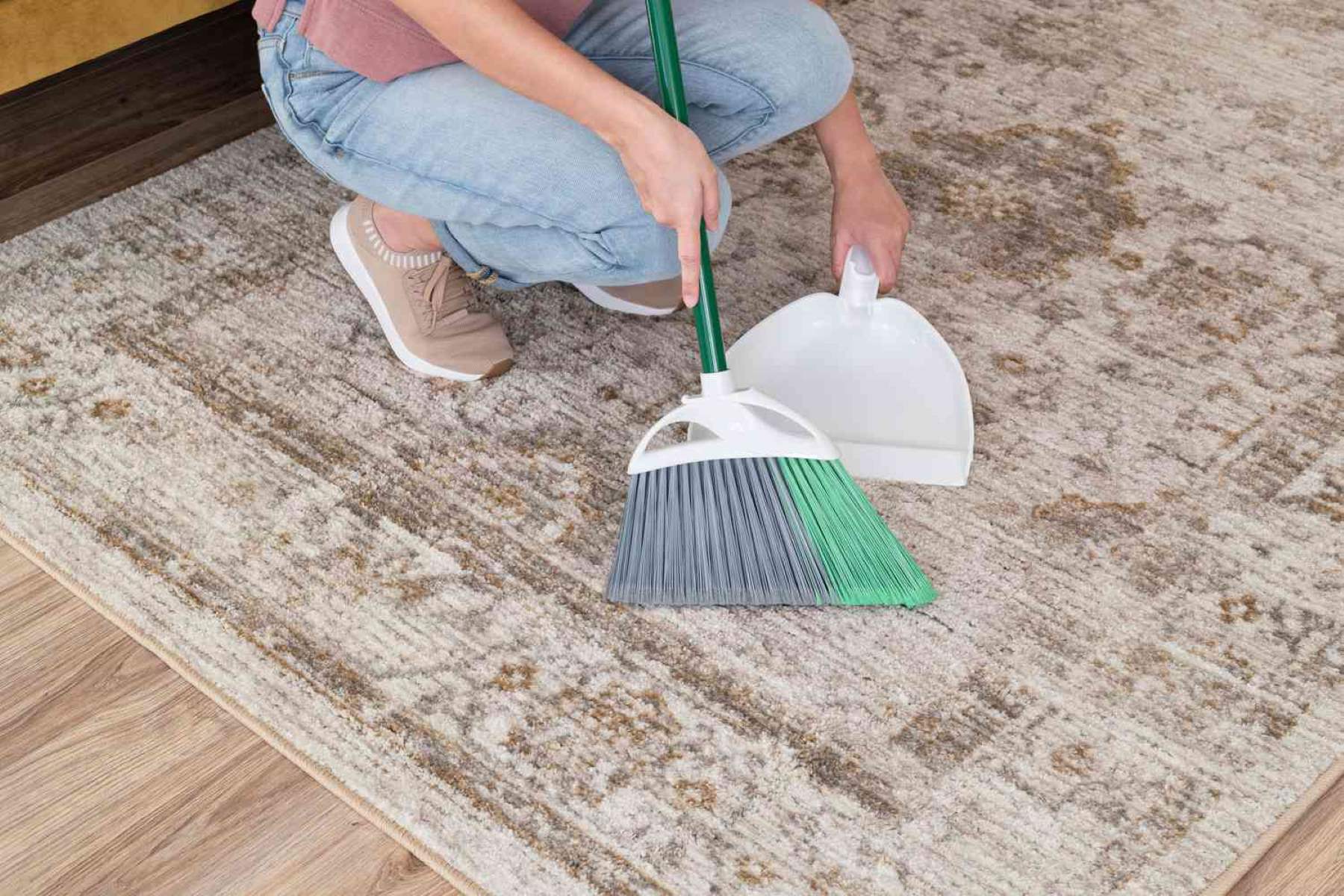
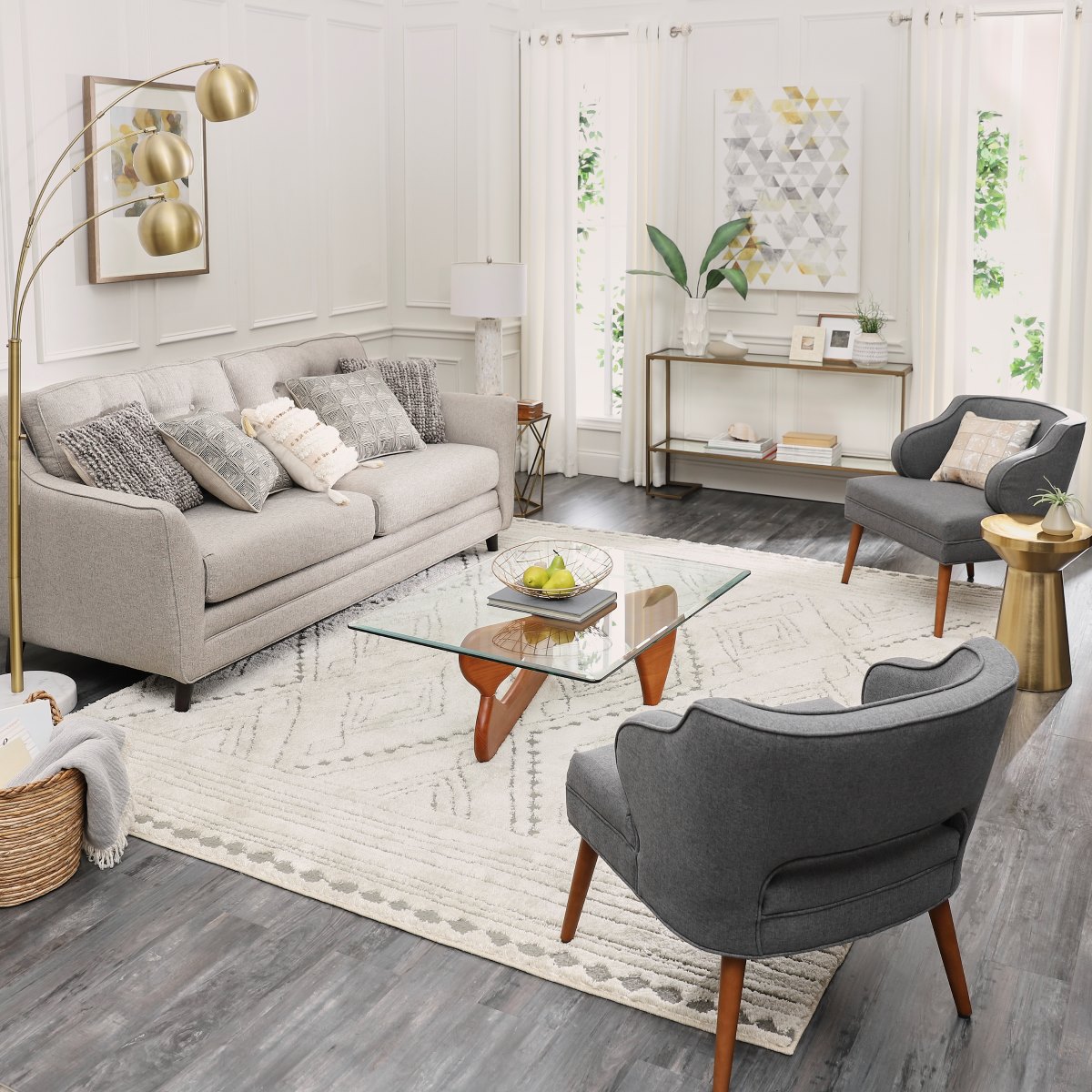
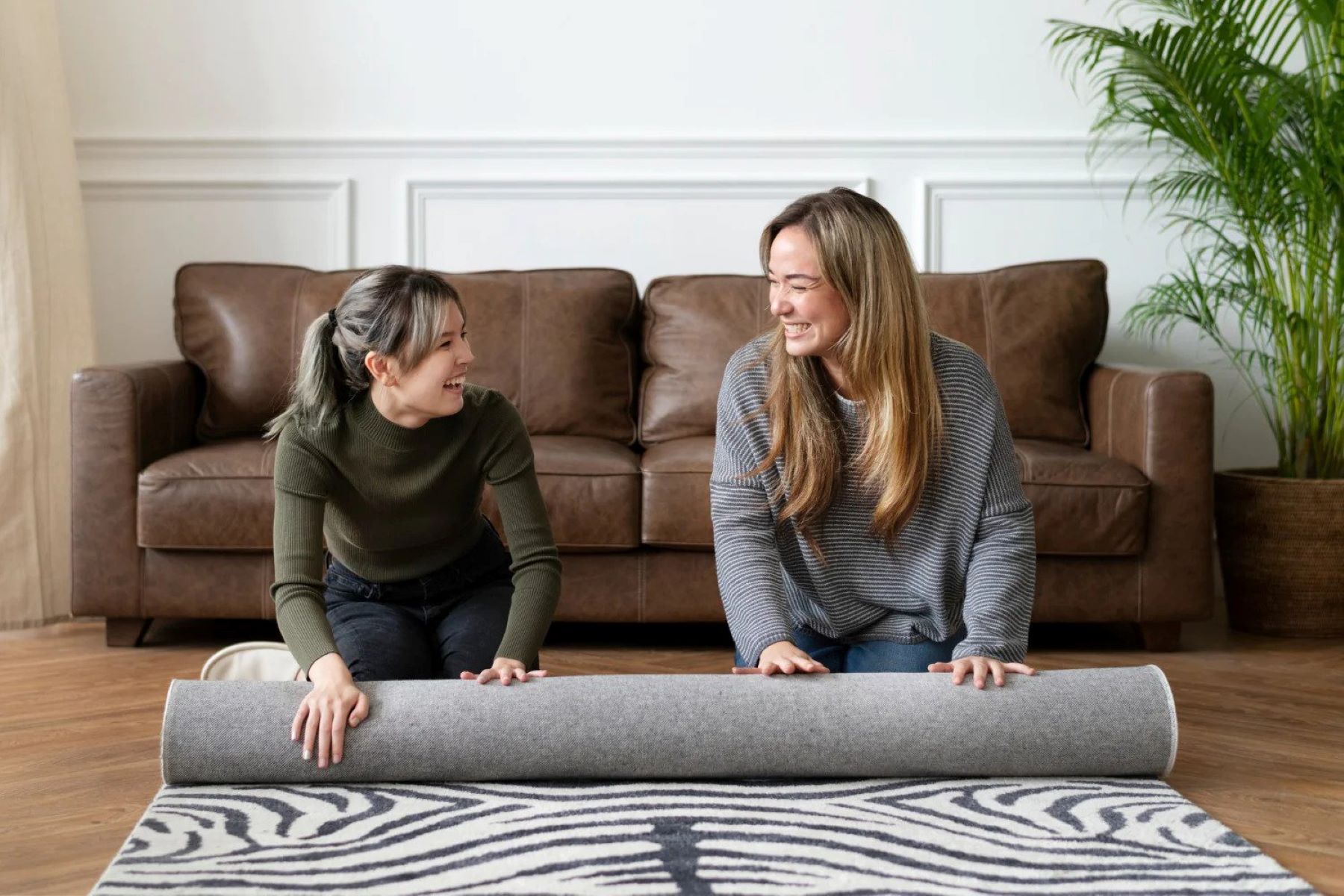
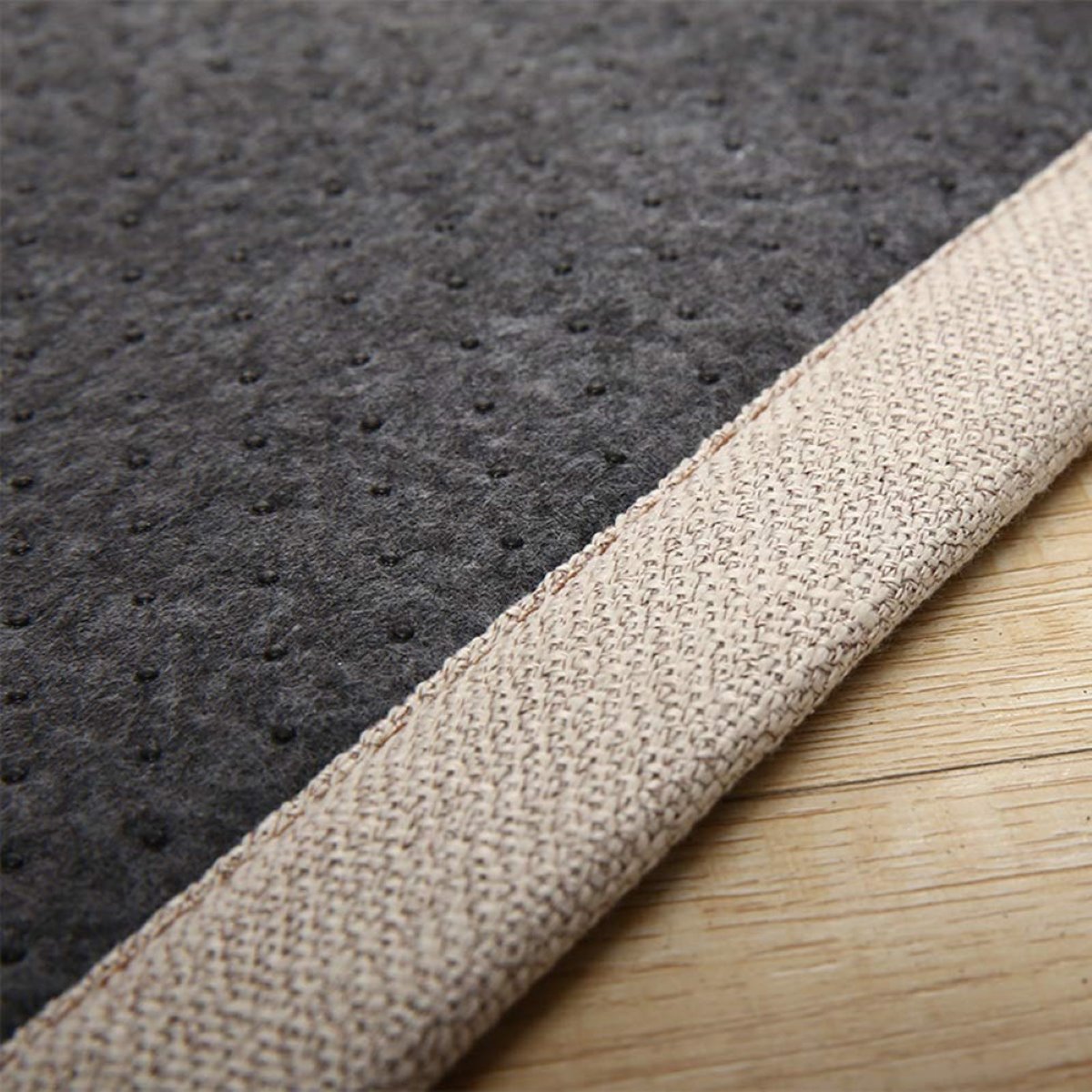

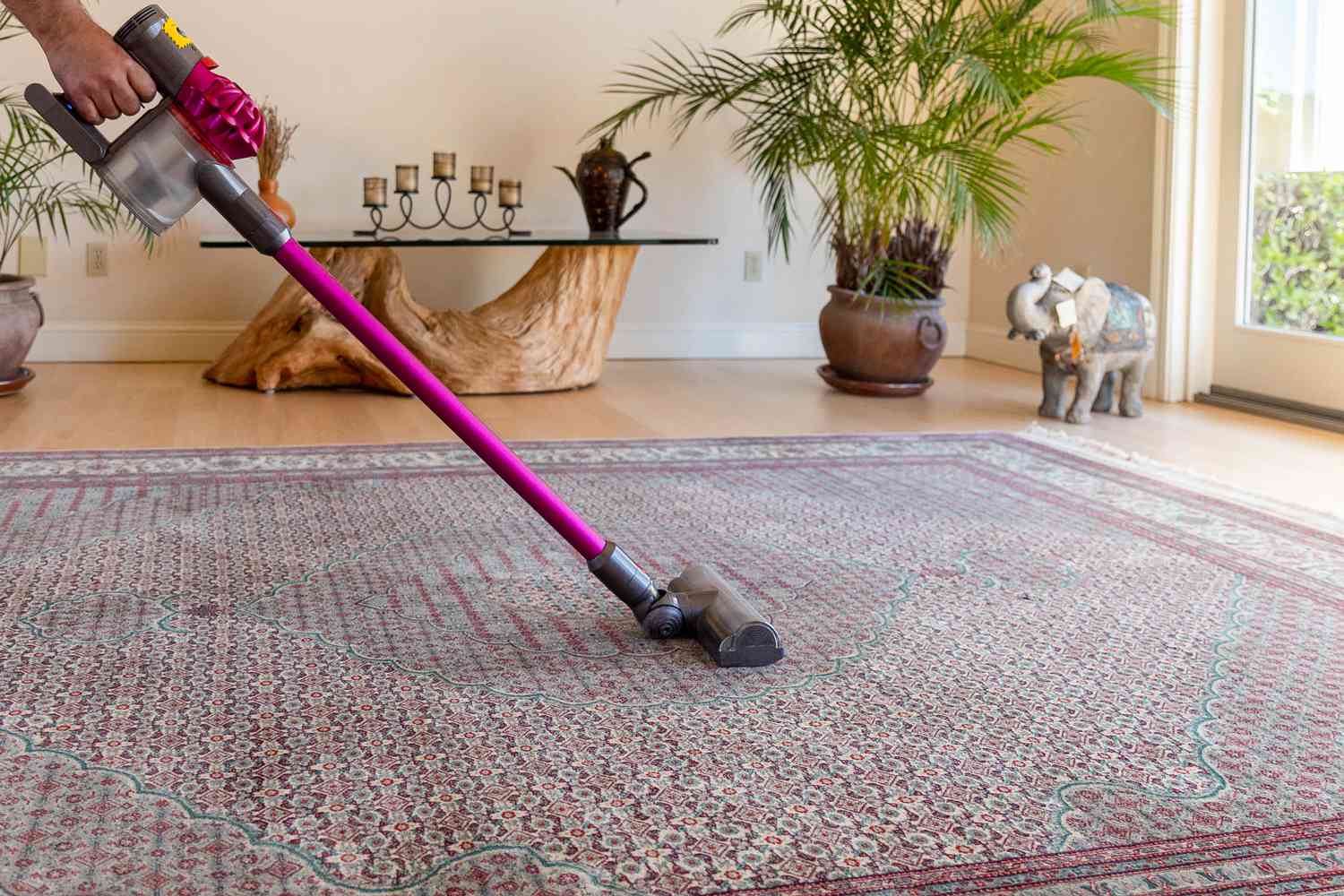
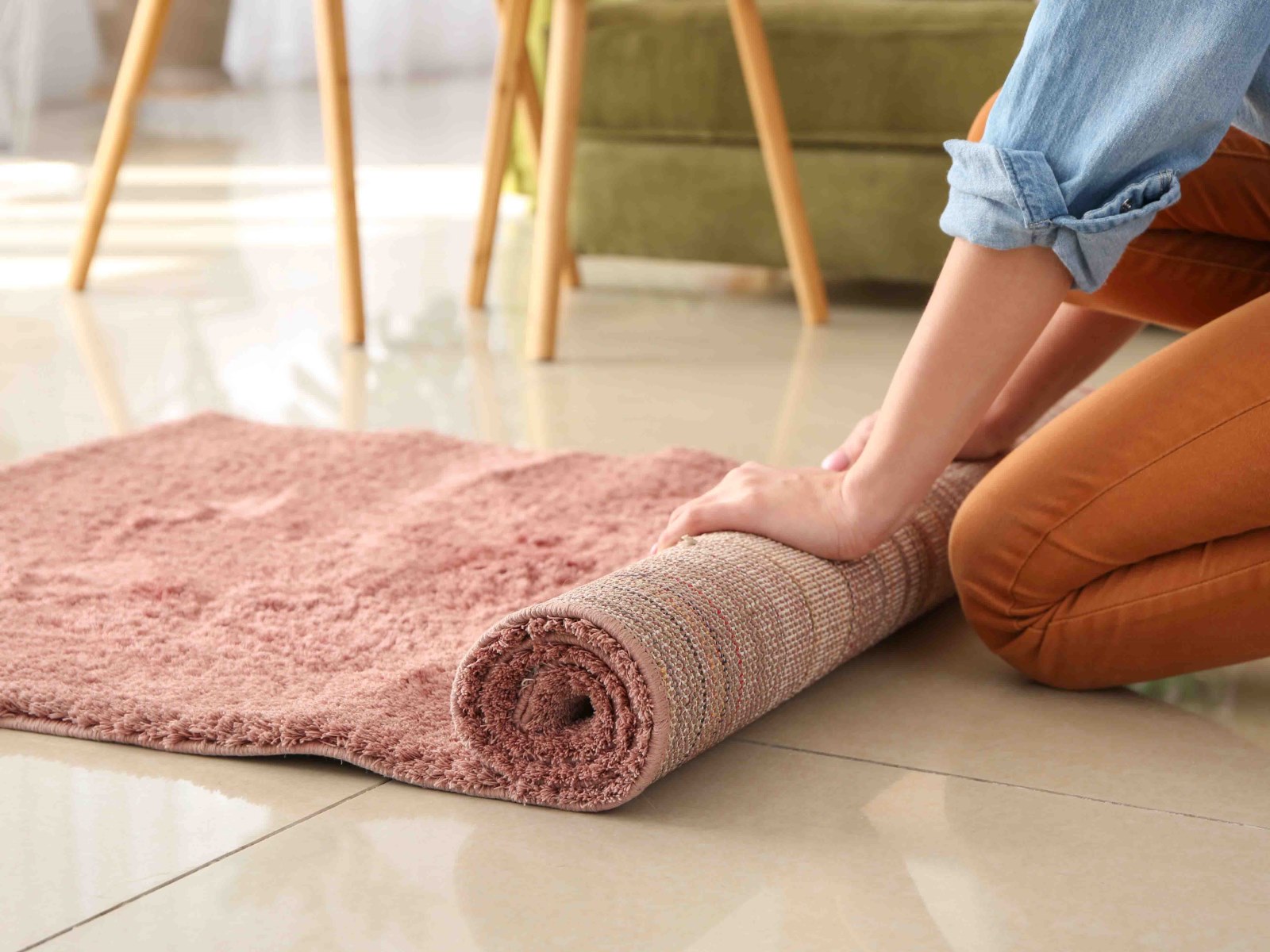
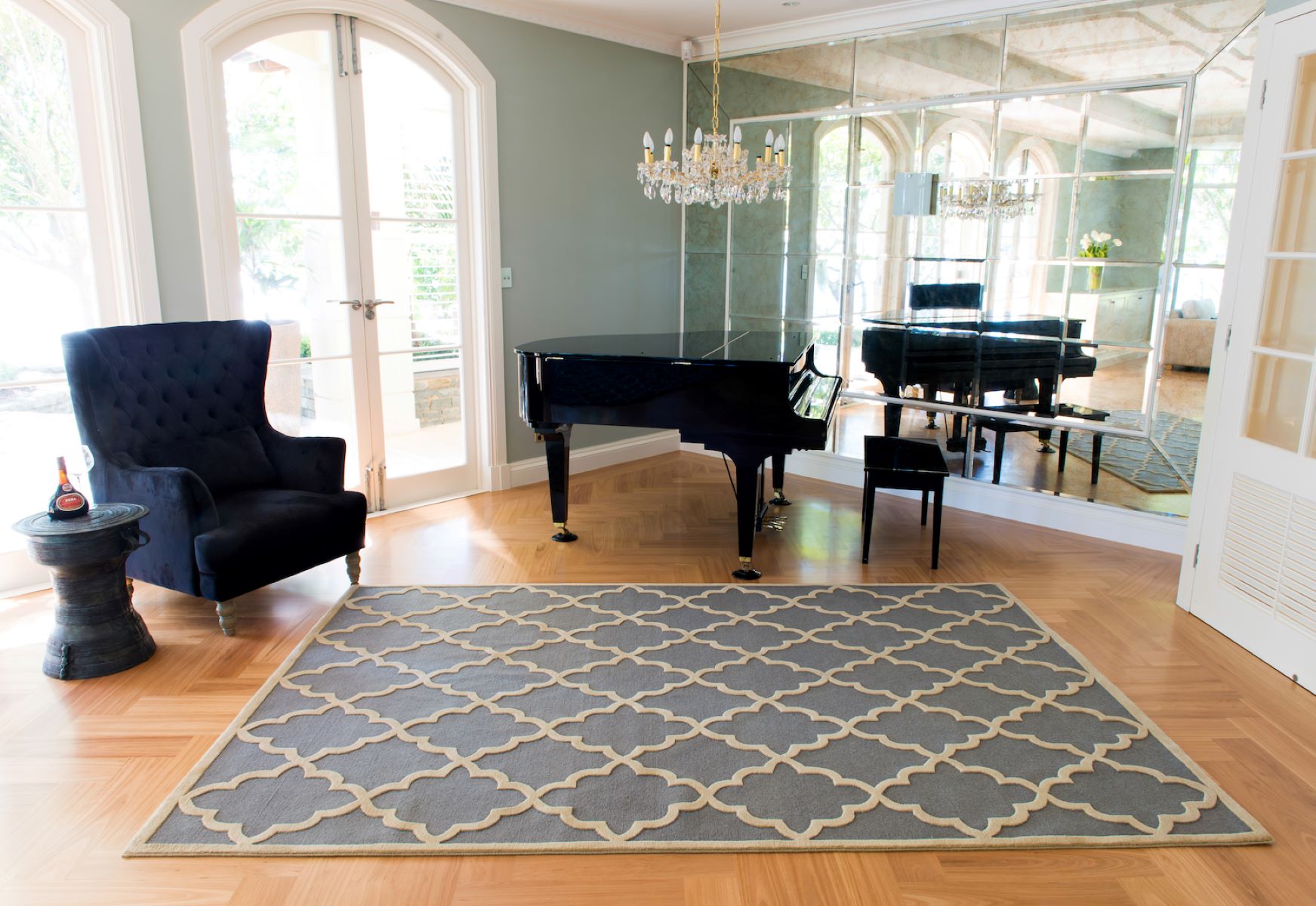
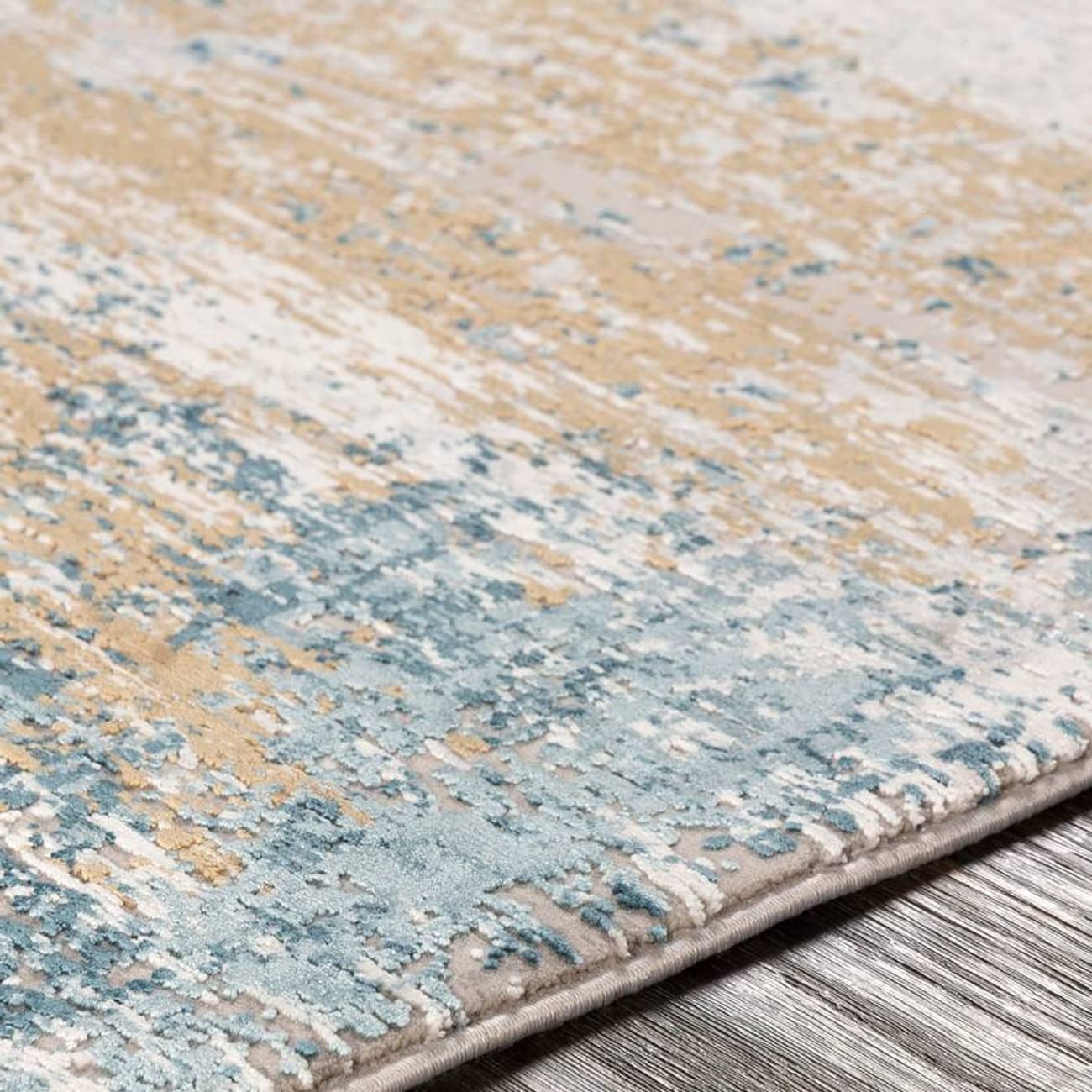
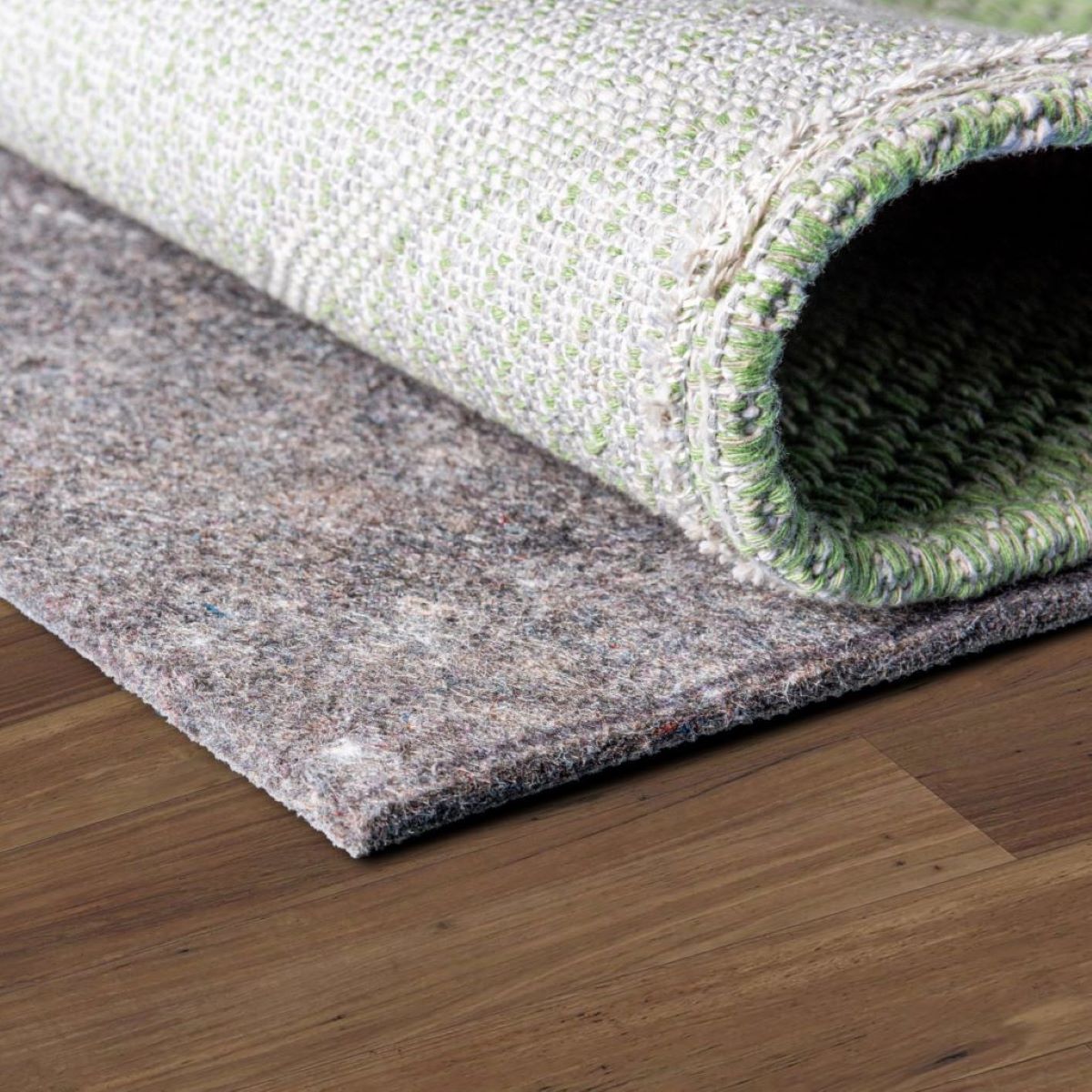

0 thoughts on “How Are Area Rugs Measured”